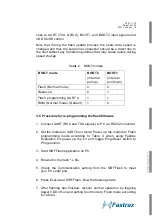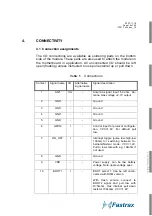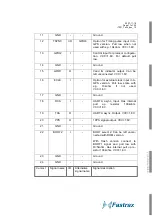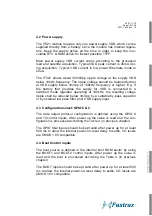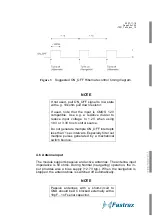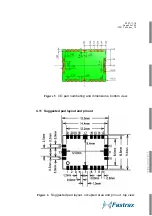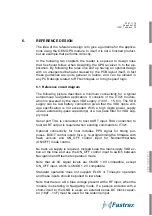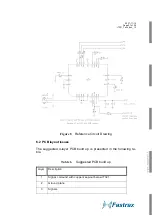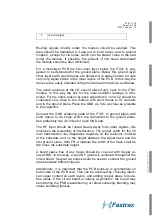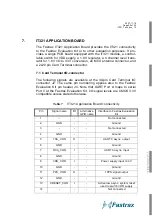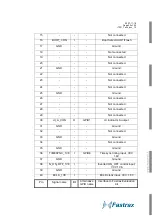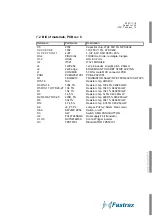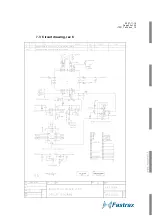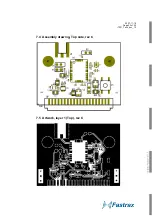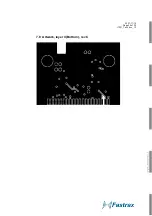
2007-11-19
Page 28 of 35
IT321_Tech_doc_12
4 Ground
plane
Routing signals directly under the module should be avoided. This
area should be dedicated to keep-out to both traces and to ground
(copper), except for via holes, which can be placed close to the pad
under the module. If possible, the amount of VIA holes underneath
the module should be also minimized.
For a multi-layer PCB the first inner layer below the IT321 is sug-
gested to be dedicated for the ground plane. Below this ground layer
other layers with signal traces are allowed. It is always better to route
very long signal traces in the inner layers of the PCB. In this way the
trace can be easily shielded with ground areas from above and below.
The serial resistors at the I/O should placed very near to the IT321
module. In this way the risk for the local oscillator leakage is mini-
mized. For the same reason by-pass capacitors C1 and C2 should be
connected very close to the module with short traces to IO contacts
and to the ground plane. Place the GND via hole as close as possible
to the capacitor.
Connect the GND soldering pads of the IT321 to ground plane with
short traces to via holes, which are connected to the ground plane.
Use preferably two via holes for each GND pad.
The RF input should be routed clearly away form other signals, this
minimizes the possibility of interference. The proper width for the 50
ohm transmission line impedance depends on the dielectric material
of the substrate and on the height between the signal trace and the
first ground plane. With FR-4 material the width of the trace shall be
two times the substrate height.
A board space free of any traces should be covered with copper ar-
eas (GND). In this way, a solid RF ground is achieved throughout the
circuit board. Several via holes should be used to connect the ground
areas between different layers.
Additionally, it is important that the PCB build-up is symmetrical on
both sides of the PCB core. This can be achieved by choosing identi-
cal copper content on each layers, and adding copper areas to route-
free areas. If the circuit board is heavily asymmetric, the board may
bend during the PCB manufacturing or reflow soldering. Bending may
cause soldering failures.
Summary of Contents for IT321
Page 15: ...2007 11 19 Page 15 of 35 IT321_Tech_doc_12 Figure 2 SiRFFlash utility settings...
Page 25: ...2007 11 19 Page 25 of 35 IT321_Tech_doc_12 Figure 7 Tape and reel specification...
Page 32: ...2007 11 19 Page 32 of 35 IT321_Tech_doc_12 7 3 Circuit drawing rev C...
Page 34: ...2007 11 19 Page 34 of 35 IT321_Tech_doc_12 7 6 Artwork layer 2 rev C 7 7 Artwork layer 3 rev C...
Page 35: ...2007 11 19 Page 35 of 35 IT321_Tech_doc_12 7 8 Artwork layer 4 Bottom rev C...

